Mount Airy Fothergilla
$89.50 Original price was: $89.50.$62.65Current price is: $62.65.
- Free Shipping over $25
- Fast & reliable delivery options
- Enjoy top quality items for less
- Multiple safe payment methods

Some gardeners think that native plants are dull and uninteresting, difficult to grow, or both. That might sometimes be true, but most often our most beautiful native plants are showy, colorful, fascinating and easy to grow in a regular garden. That is for sure true of the Mount Airy Fothergilla, which is a selected form of a plant from the Appalachians, selected for its larger size and more vigorous growth. That makes it even easier to grow, and it’s a natural for any garden, whether you have an interest in our native plants or not. From the striking and unique spring flowers to the powerful fall colors, this shrub is a natural for every garden, especially if you want easy-care and a charming look, without too much of the overblown colors and sizes of some garden varieties. For regular beds or for a wild garden, this shrub will win your heart with its charm and beauty – and give it all to you for very little care.
Growing the Mount Airy Fothergilla
Size and Appearance
The Mount Airy Fothergilla is a bushy deciduous shrub that grows steadily to between 5 and 6 feet tall and wide. Even when small it is charming and attractive, and of course as it matures over the years it becomes even more spectacular. The season of interest begins in spring, between April and May, depending on your local climate. Just before the leaves appear, the flowers open. These are carried in striking clusters up to 3 inches tall, at the ends of the stems. Each flower is made up of many white stamens, without petals, tipped with bright yellow pollen, the whole making a bottle-brush like structure, bright, cheerful and deliciously fragrant of sweet honey.
The leaves open fully as the flowers fade, after 2 weeks of exciting blooming. The leaves are oval, coarsely toothed around the edges, and between 2 and 4 inches long. They are green on the upper surface and blue-green below, giving an overall interesting bluish look to this shrub over the summer months. Then, with the arrival of cooler fall weather, this great plant pulls out all the stops and puts on a fantastic fall display, with the leaves turning vibrant shades of gold, orange and purple-reds, challenging even the sugar maples to a contest of who is the brightest.
Using the Mount Airy Fothergilla in Your Garden
With its bold two-season display, this shrub deserves a prominent place in your garden, perhaps around your home, or out in a spot where its fall colors will sing across the garden. Use it in more formal settings, and it is especially at home around the edges of woodlands and in natural areas. Grow it with your collection of azaleas and rhododendrons as well, as it enjoys similar conditions.
Hardiness
The Mount Airy Fothergilla is completely hardy from zone 4/5 to zone 8, and also very worth growing in sheltered spots in zone 4.
Sun Exposure and Soil Conditions
Full sun is best for the Mount Airy Fothergilla, for the most blooms and the best fall color. However it will grow well in partial shade, so a little dappled shade from overhead trees, or shadow in the afternoon will not cause any problems. The ideal soil is slightly acidic, moist, well-drained and rich. Unlike most other acid-loving plants, though, it is pretty adaptable, and it will grow well in most reasonable garden situations, with some mulch and watering if the going gets tough.
Maintenance and Pruning
This plant really doesn’t have pest or disease problems, and it is more vigorous and tougher than ordinary plants of Fothergilla, thanks to its hybrid origins. It doesn’t need pruning and should be left to grow naturally.
History and Origin of the Mount Airy Fothergilla
In the 1970s the plantsman Michael Dirr was teaching at the University of Illinois. On a field trip he and his students collected some cuttings of a beautiful Fothergilla they saw growing at Mount Airy, in Cincinnati. In the 1980s he realized that this plant was special, much more vigorous and showy than other plants of the small group Fothergilla. Cell investigations proved that it was a hybrid between the two main species in this small group – Fothergilla gardenii and Fothergilla major. These differ mainly in size. This hybrid was named Fothergilla x intermedia. Dr. Dirr christened his plant ‘Mount Airy’, and it has become the most widely grown form of these plants grown in gardens – because it is the best. Wild plants of these species are found growing in the Appalachian mountains, and generally in the southeast. They are also called witch alder.
Buying the Mount Airy Fothergilla at the Tree Center
This outstanding shrub was given the Award of Garden Merit in 2012 by the Royal Horticultural Society of England, so you know it must be good. It has turned this group of plants from a rare native shrub into a valuable garden plant. There is always a big demand for this plant from gardeners who know good plants, so order yours now, because our stock is very limited and won’t last long.
Be the first to review “Mount Airy Fothergilla” Cancel reply
Related products
Butterfly Bush
Butterfly Bush
Hydrangeas
Rhododendron
Hydrangeas
Butterfly Bush
Hydrangeas
Boxwood Shrubs




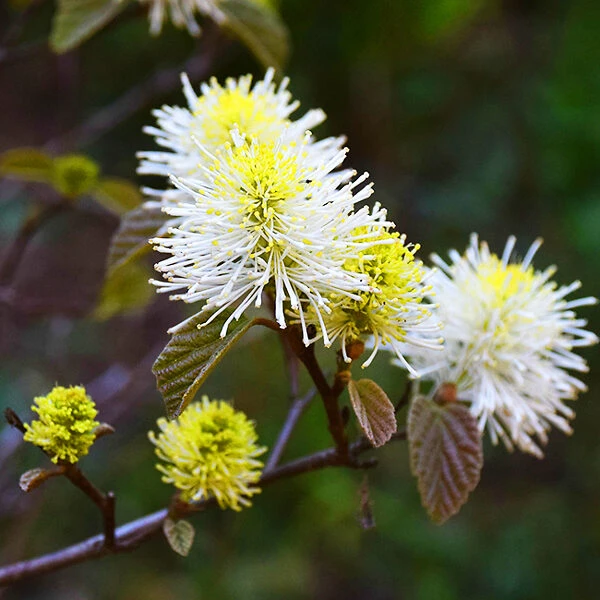
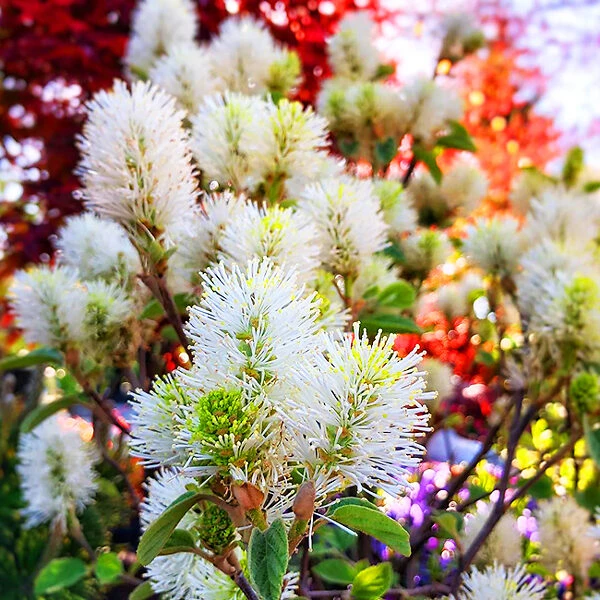
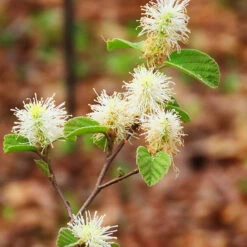


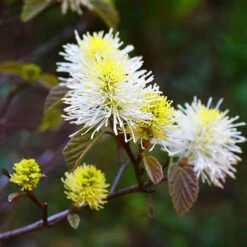
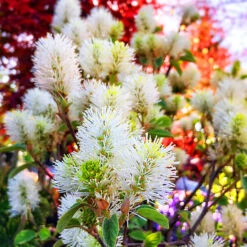



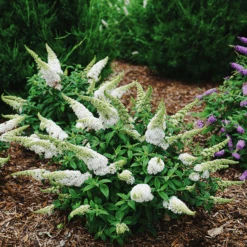
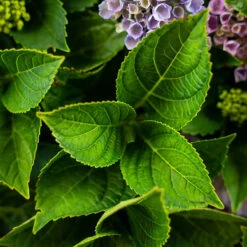
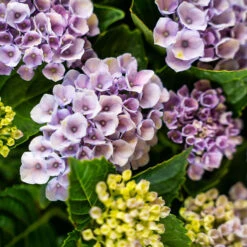
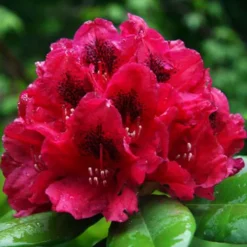

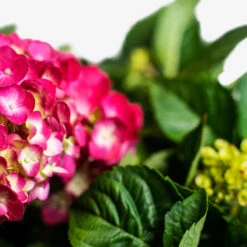
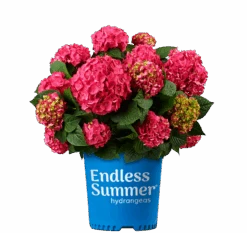




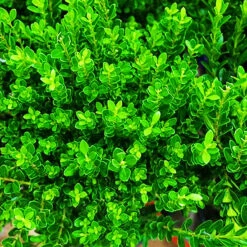

Reviews
There are no reviews yet.